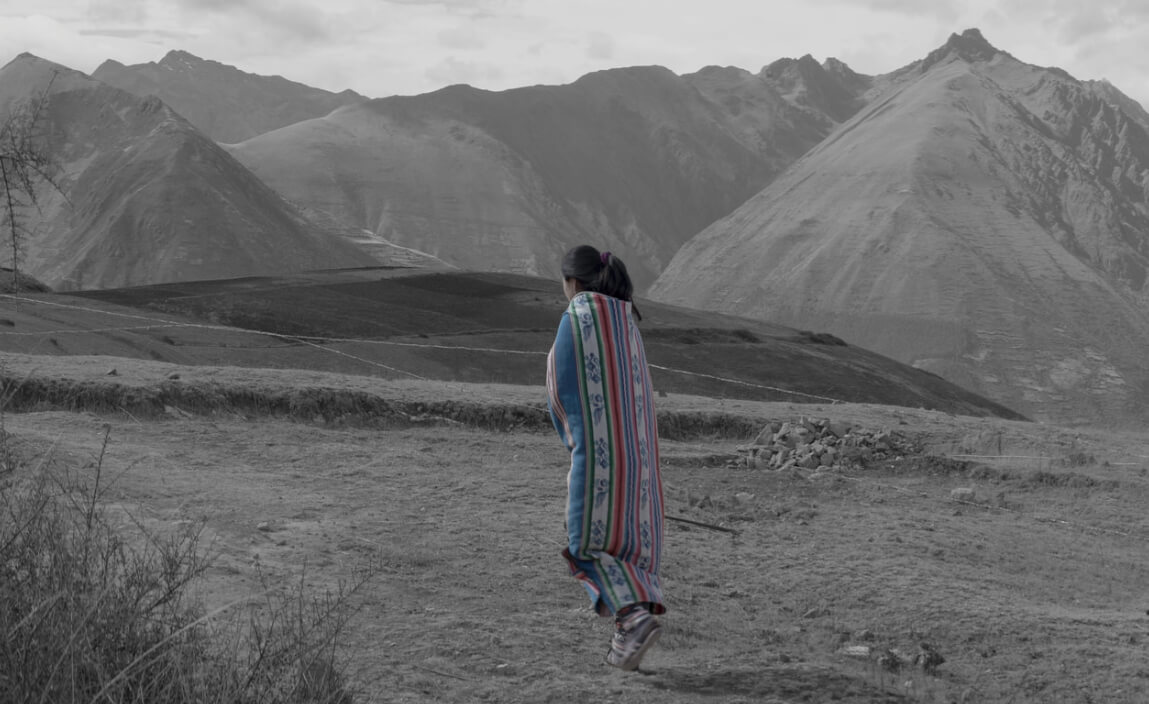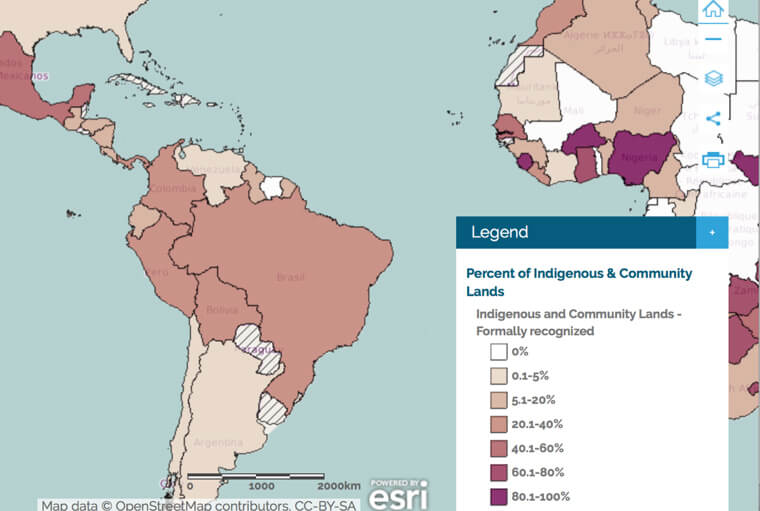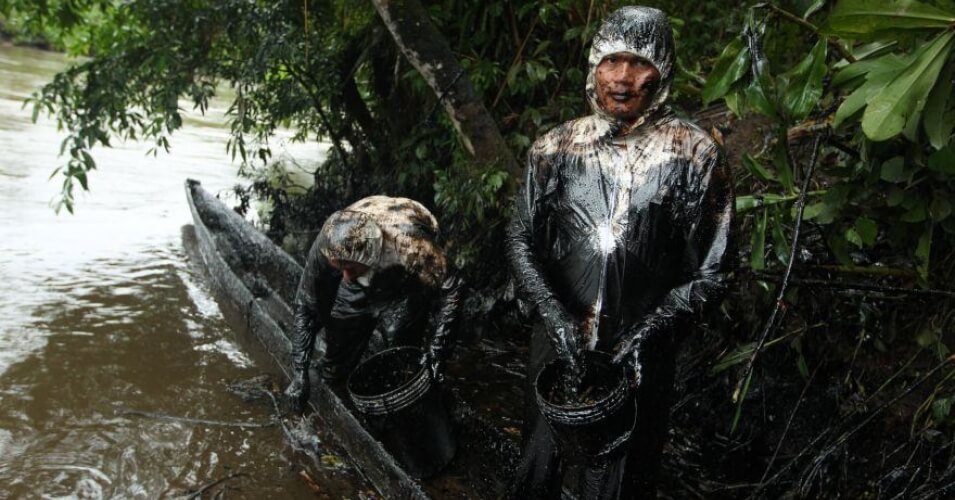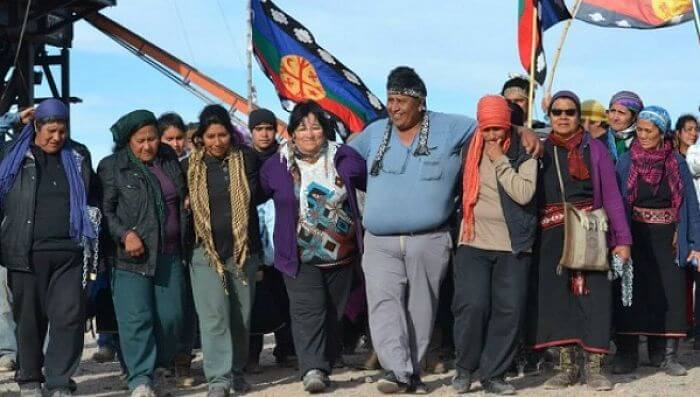Half a million readers turned to Intercontinental Cry last year for news of an increasingly organized global indigenous resistance to local oppression and global dysfunction. In September, more than 20,000 people shared the shocking news that the Peruvian government had decided not to prosecute the former government officials responsible for the forced sterilization of hundreds of thousands of women, most of whom were of indigenous descent. In November, more than 16,000 shared Klee Benally’s piece on a new uranium mining threat in the Grand Canyon region.
But IC’s stories go beyond the oppression to share stories of empowerment and inspiration. Here we find the Mapuche women standing strong against fracking in Argentina, the Indigenous youth movement that is challenging the environmental movement to confront the legacy of colonialism, and the founders of the Standing Rock Water Protectors movement calling out state government and law enforcement misconduct in the early days of the struggle.
Here we offer a Reader’s Choice, if you will, of Intercontinental Cry’s most shared stories last year, in the order of most shared to least shared.

Forced sterilization of 272,000 people, most of them poor and Indigenous, under the government’s so-called “reproductive health” program did not constitute a crime against humanity, according to Peru’s public prosecutor, who decided not to pursue charges against former President Alberto Fujimori and top members of the Ministry of Health. The decision flies in the face of the conclusions of Peru’s Defensoría del Pueblo, the reports of various health care providers and the testimony of 2,000 women who say they were sterilized against their will.
Havasupai and Diné communities near the Grand Canyon, long beleaguered by the legacy of uranium mining, now face a new threat. The Arizona Department of Environmental Quality has granted permits to transport uranium ore from Canyon Mine through Flagstaff, Cameron, Tuba City, Kayenta, and Mexican Water to the company’s White Mesa Mill near Blanding, Utah in 30-ton capacity trucks up to 25 times per day. The only protection communities along the haul route would have from radioactive pollution would be tarps covering the toxic ore. The Canyon mine where EFRI is currently drilling for uranium is near Red Butte, a mountain held sacred by the Havasupai Nation.

To combat climate change, restore land ownership to Indigenous Peoples. This point has been gaining a lot of attention over the last few months, thanks in no small part to this timely article by Elizabeth Walsh. Walsh points out the powerful role that indigenous land rights play in combating climate change and protecting the environment. She observes that indigenous territories collectively span across 65 percent of the Earth’s surface. However, just 10 percent of that land is within their legal control. To round things off, Walsh analyzes various studies and the data compiled through LandMark, the “global platform of Indigenous and community lands.” The platform made a groundbreaking effort to place data about community owned and indigenous owned land into a map. In that online interactive map, LandMark is gradually revealing which areas of the Earth’s surface are held by Indigenous Peoples.

The world’s largest conservation organization, the International Union for the Conservation of Nature (IUCN), passed a resolution declaring that all protected areas and the sacred lands of Indigenous Peoples should be ‘No-Go Areas’ for destructive industrial activities like mining, dam-building and logging. The resolution was passed during last years’s World Conservation Congress; a quadrennial event that brought together almost 9,000 government officials, scientists, business leaders, academics, indigenous representatives and civil society groups in Hawai’i to set the global conservation agenda.

A disastrous spate of oil spills in the Peruvian Amazon left Indigenous tribes frantically trying to clean up the mess left by the nation’s state-owned oil company. The catastrophic ruptures in Petroperu’s Northern Peruvian Pipeline have threatened the water supply of nearly 10,000 indigenous people. On Feb. 22, Petroperu officials confirmed to Reuters that the oil has poured into two critical Amazon River tributaries that eight Achuar tribes depend on for water.

Six Mapuche women are at the heart of fracking resistance in Argentina, chaining themselves to the drilling rigs. Indigenous women are central to the continent-wide resistance against extractivism, and the story of these women from the Campo Maripe community in the Argentine Patagonia is a solid example of their ongoing contribution, and the importance of indigenous resistance for social movements worldwide.

A growing battalion of Indigenous youth warriors are demanding the environmental movement contend first and foremost with the fundamental linkages between colonialism and climate change. Pointing to the failure of governments, fossil fuel companies, monitoring agencies, and human rights organizations to acknowledge the grave environmental destruction surfacing in the wake of Western-born models of industrialization and to be accountable around climate recovery, they are calling out the relentless rise of a global, capitalist social order promoting an extreme form of economic growth that results in the skyrocketing of wealth for few at the great expense of many.

Lelu Island and Flora Bank, critical habitat for wild salmon at the mouth of the Skeena River in northwestern British Columbia, Canada, were declared permanently protected from industrial development by an unprecedented coalition of First Nations leaders, local residents and federal and provincial politicians. The signing of The Lelu Island Declaration presented a major obstacle to plans by Malaysian-owned oil and gas giant, Petronas, to develop a liquefied natural gas (LNG) plant near Prince Rupert. Unfortunately, some eight months after the declaration was signed, the Trudeau government stepped over that obstacle by giving a tentative “yes” to the Pacific NorthWest LNG project.

Standing Rock faces aggressive state repression and media manipulation. Authored by organizers of the now-famous Standing Rock tribal gathering and resistance encampment–this piece came just as North Dakota Gov. Jack Dalrymple declared a State of Emergency in order to “manage public safety risks associated with the protest.” At the time, Morton County Sheriff Kyle Kirchmeier, announced unsubstantiated claims of “pipe bombs” and gun violence at the protest site. Camp organizers decried the statements, saying the camps were maintained in a ceremonial, prayer-based manner and were entirely nonviolent.

The Shuar community of Nankints in Ecuador’s Southern Amazon region was evicted in August 2016 to make way for a Chinese copper mega-mining project. The mining company, through a court order, has claimed these indigenous territories without prior consultation or consent from the affected communities, who have lived there for hundreds of years. The forced evacuation was expected. What was not expected, however, was the malicious and deceptive propaganda campaign that followed in its wake.
IC published hundreds of other essential reads in 2016 that you might’ve missed. Here’s a few of those stories in no particular order:

Indigenous Peoples are putting their bodies on the line and it's our responsibility to make sure you know why. That takes time, expertise and resources - and we're up against a constant tide of misinformation and distorted coverage. By supporting IC you're empowering the kind of journalism we need, at the moment we need it most.